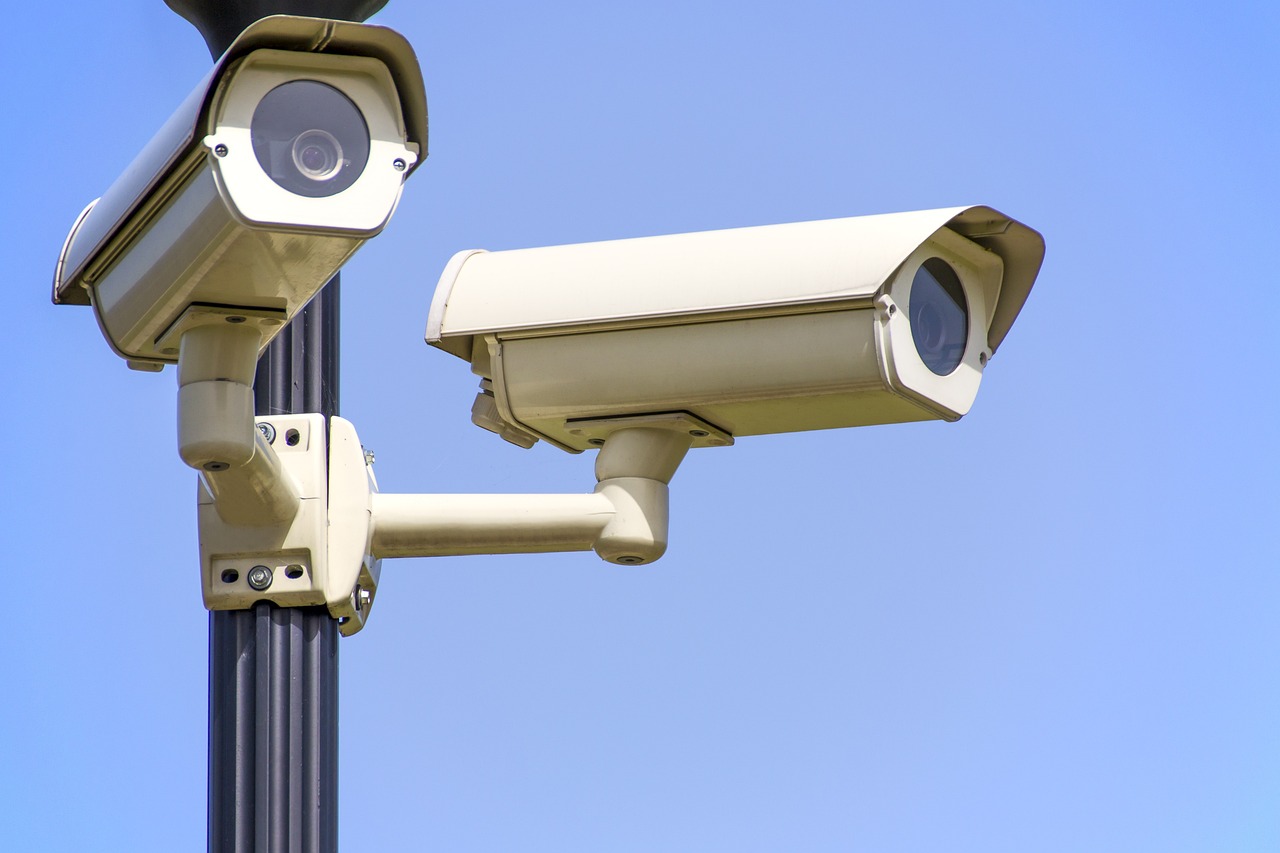The Impact of Robotics in Healthcare: Surgical Robots and Rehabilitation Aids
Surgical robots have revolutionized the landscape of healthcare, offering unparalleled precision and dexterity in complex surgical procedures. These advanced machines are equipped with robotic arms controlled by skilled surgeons, allowing for more precise incisions and minimal invasiveness. The use of surgical robots has significantly reduced the risk of human error, making procedures safer and more efficient.
Furthermore, surgical robots have enabled surgeons to perform intricate surgeries with greater ease and improved outcomes. Through the use of high-definition cameras and enhanced visualization capabilities, surgeons can navigate through delicate tissues with enhanced accuracy, leading to faster recovery times for patients. The integration of robotics in healthcare not only enhances the capabilities of healthcare providers but also paves the way for future innovations in the field of surgery.
Advantages of Utilizing Robotics in Surgical Procedures
Robotic surgery offers enhanced precision and accuracy during procedures, allowing for smaller incisions and reduced risk of complications. With the help of advanced technology, surgeons are able to perform intricate tasks with greater control and dexterity, leading to improved outcomes for patients. The use of robotic systems also enables surgeons to access hard-to-reach areas within the body, enhancing the scope of what can be achieved in surgical interventions.
Furthermore, the minimally invasive nature of robotic surgery results in shorter recovery times for patients, promoting faster healing and reduced hospital stays. This not only benefits the individuals undergoing the procedures but also contributes to cost savings within the healthcare system. The efficiency and effectiveness of robotic systems in surgical settings continue to revolutionize the field of medicine, paving the way for more precise and successful procedures.
Challenges and Limitations of Surgical Robots in Healthcare
Surgical robots have undoubtedly revolutionized the field of healthcare by offering precision and minimally invasive options for various procedures. However, they are not devoid of challenges and limitations. One significant challenge is the high cost associated with acquiring and maintaining these sophisticated robotic systems. The initial investment and ongoing expenses can be prohibitive for many healthcare facilities, especially in resource-limited settings.
Moreover, the extensive training required for surgical teams to operate these robots proficiently can be time-consuming and expensive. The complex technology of surgical robots necessitates specialized training programs, which can lead to a shortage of trained personnel. This can pose a challenge in ensuring that there are enough skilled professionals available to operate these robots effectively, ultimately limiting their widespread use in healthcare settings.
What is the role of surgical robots in modern healthcare?
Surgical robots play a vital role in modern healthcare by assisting surgeons in performing minimally invasive procedures with precision and accuracy.
What are some advantages of utilizing robotics in surgical procedures?
Some advantages of using surgical robots include improved accuracy, smaller incisions, reduced blood loss, shorter recovery times, and enhanced visualization for the surgeon.
What are the challenges and limitations of surgical robots in healthcare?
Some challenges and limitations of surgical robots include high costs, the need for specialized training for surgeons, potential technical malfunctions, and limitations in complex procedures that require human dexterity and decision-making.





